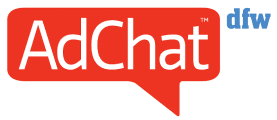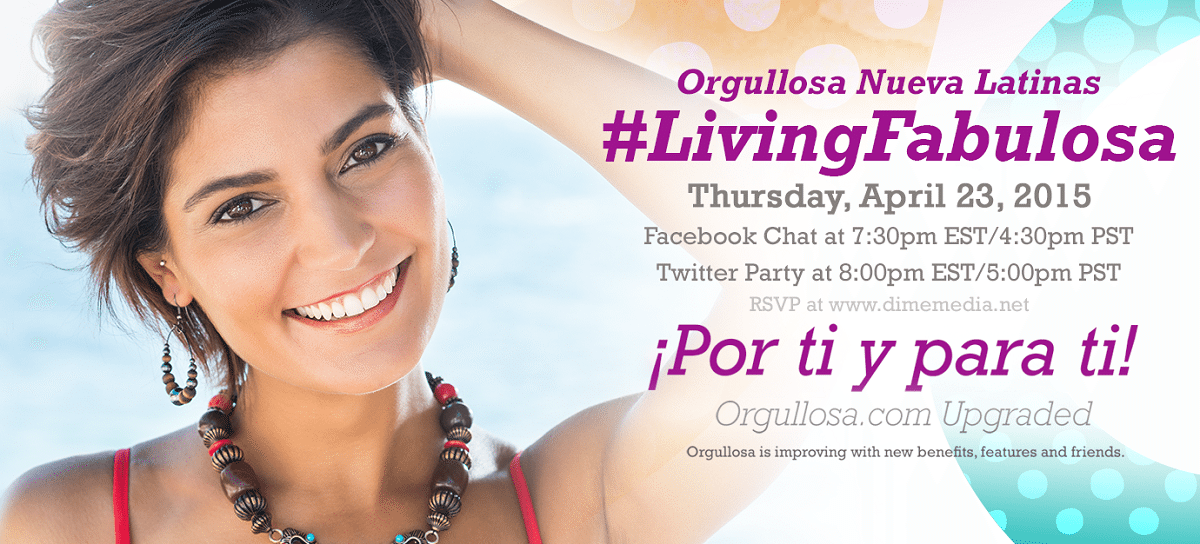Dieste’s Provoke Weekly
Nowadays everything seems hashtagable when having a social media conversation. Beyond the ideal use and good practices, people are using hashtags to express feelings and to group themselves. They’re especially useful to introduce specific themes or topics of conversation, which sometimes are only meant to be understood by friends or followers.
So it would be safe to say that there’s a strategic marketing use of this resource and then there’s a more personal use. I like to see hashtags as different tables in a huge cocktail party. Every group of people at each table has their own topic and in order to join that conversation you have to know what they’re talking about. The more you know your subject, the more relevant you will become, but how do you pick a language that won’t hinder your “cocktail group” or hashtag popularity among bilingual Hispanics in the U.S.?
Why Hispanics Use Hashtags For Pretty Much Everything
“Latinos not only index higher on Twitter than any other ethnic group, but also self-index higher: that is, we tend to self-identify, self-organize, and self-categorize more than other folks.” – Giovanni Rodríguez for ClickZ
The keyword here is “belonging”. Hispanics are gregarious by nature and feel the need to identify with a group; not to mention how communicative they are about everything.
The conversation is already out there and we can find popular hashtags that are being used to express Latino topics. A good example is #mamastuiteras, which concentrates a group of U.S Hispanic, and Spanish speaking moms (from Latin America and Spain) who are constantly sharing and updating their motherhood adventures, stories and advice.
If you’re a brand and you’re looking for a way to “talk” to an audience like #mamastuiteras, the best way to approach them is by creating and sharing interesting content using their own hashtag. In this specific case, notice how the hashtag is written in Spanish as a literal phonetic pronunciation: tuiteras.
But, Which Language Should Your Brand Use?
Today, more and more brand strategies are including the use of hashtags to trigger and embrace conversation. The question is: should it be delivered in Spanish? That will always depend on the idea behind it. However, if you want to provoke a sentiment that leads a Hispanic audience into your conversation, it’s better to use hashtags in the language they feel close to and makes them feel part of a group.
A great example is #UnBuenFit (“a good Fit”) by Honda Latino, which shows a clever selection of words. Un buen = a good and the word “Fit” which remained in English to denote the name of the brand, but still has a clear meaning for a bilingual audience.
Also, #LivingFabulosa by Orgullosa (P&G platform) demonstrates a successful empathy with its bilingual Latina audience. It speaks immediately to women who love to take care and pamper themselves, but also empowers Latinas to live the life they want with pride. This is definitely a smart choice of words that triggers conversation around relevant topics with a real community sense.
Do some research and see which tone people are using on social media around your topic. Is it casual? Is it trendy or edgy? Or, is it more technical? The answer to these questions will help you determine whether the use of Spanglish, Spanish, or English will boost your hashtag popularity among your Hispanic audience. Before you plan your campaign, give some creative and strategic thinking to this great tool and create a powerful hashtag that people can use and relate to that feels natural to their tone of conversation.
 At Dieste Inc. we’re always finding ways to spark an authentic conversation with our Multicultural Audience. Be sure to subscribe to Provoke Weekly to learn how you can provoke action for your brand every day.
At Dieste Inc. we’re always finding ways to spark an authentic conversation with our Multicultural Audience. Be sure to subscribe to Provoke Weekly to learn how you can provoke action for your brand every day.
Leirum Rivas, Copywriter










